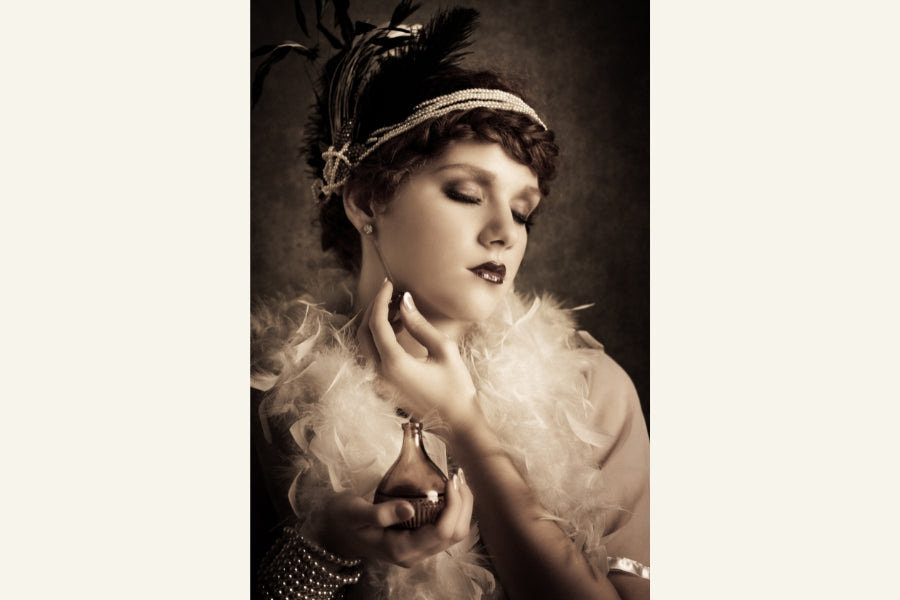
The History and Evolution of Aromaparfums: A Journey Through the Ages
valérie demarsSince ancient times, perfumes have played a crucial role in various cultures around the world. This detailed exploration aims to understand the historical evolution of essential oil-based perfumes and their diverse uses over the centuries.
Introduction to Aromaparfums
Perfumes have always been more than just a fragrance; they are an expression of culture, spirituality, and tradition. Since ancient civilizations, essential oils extracted from plants, flowers, and spices have been used to create captivating aromas. These aromas were used not only to enhance personal beauty, but also in religious and therapeutic practices and during important ceremonies.
The beginning of Aromaparfums: Antiquity
Ancient Egypt: The Pioneers of Aromaperfumes
Ancient Egypt is often considered the birthplace of perfumes. The Egyptians used scented oils for religious rites, such as embalming, and in their daily lives. Ingredients such as myrrh, frankincense, and lotus were frequently used.
Ancient Greece and Rome: the expansion of the use of perfumes
In Greece and Rome, perfumes were used in public baths, body care, and even in politics, as a symbol of status and power.
The Middle Ages in the Middle East: Alchemy and Distillation
During the Middle Ages, the Middle East played a pivotal role in the evolution of perfumes. The distillation technique, perfected by Arab alchemists, made it possible to create more refined and long-lasting fragrances.
Medieval Europe: Perfumes and Medicine
In Europe, aroma perfumes were often used in a medicinal context, based on the theory of humors. They were believed to balance the body and mind and were used to prevent disease.
The Renaissance and the Modern Era: The Art of Perfumes
During the Renaissance, France became the center of the art of perfumery. Grasse, in particular, is recognized as the world capital of perfume for its production of floral essences.
Modern innovations and trends
In modern times, the perfume industry has become industrialized. The introduction of synthetic compounds has expanded perfumers' palette, allowing for the creation of new fragrances.

Aromaparfums today: between tradition and modernity
Today's fragrances are a blend of old and new, honoring traditions while embracing modern technologies. Consumers are increasingly drawn to natural and organic fragrances, reconnecting with the origins of aroma perfumes.
Conclusion: an olfactory heritage
Aromaperfumes, throughout the ages, have been much more than just pleasant smells. They are a reflection of the societies that created them, a complex blend of science, art, and history. By exploring the evolution of fragrances, we discover the intimate threads that connect humanity across time and cultures.

